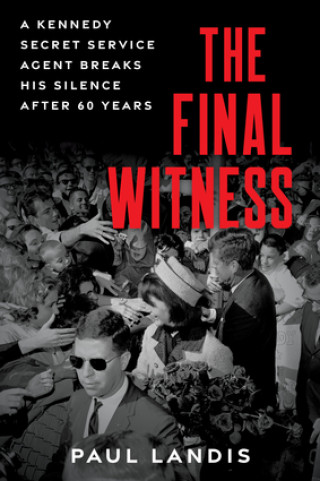Paul Landis stood guard outside Parkland Memorial Hospital’s Trauma Room No. 1 as Father Oscar Huber rushed past, dressed in his Roman collar. It was just before 1 p.m. on Friday, Nov. 22, 1963. Less than half an hour earlier, Landis had been riding on the running board of a Secret Service car when he witnessed President John F. Kennedy’s murder up close as the motorcade drove through Dallas’s Dealey Plaza.
Now, as the 28-year-old agent kept an eye on his official protectee, the stunned first lady Jacqueline Kennedy, he watched Huber enter the trauma room to deliver Kennedy’s last rites.
“Si capax,” Huber whispered into the president’s ear. Translated from Latin, his prayer went: “If it is possible, I absolve you from your sins in the name of the Father, and of the Son, and of the Holy Ghost. Amen.”
For Landis, who was raised Presbyterian in a suburb of Columbus, Ohio, Catholic rituals were a mystery, but he knew this final blessing was of critical importance to the first lady. He waited outside the room for Jackie and Huber to emerge.
Landis, 88, is one of the few survivors who had a firsthand view of the tragedy. He is only now telling his whole story, in a book published last month, titled “The Final Witness.”
Sixty years after the assassination, the events of Nov. 22, 1963, have come to seem like a chapter firmly rooted in history, the subject of debate — and conspiracy theories — among many people born multiple generations later. But to Landis, his memories from Dealey Plaza and Parkland remain immediate, and the revelations those memories bring are helping reshape our understanding of that fateful day.
I have worked with Landis over the past six months, helping him prepare for the media attention that we knew would follow his book’s publication. Much of that attention focused on his assertion that he found an intact bullet on top of the rear car seat behind where Kennedy was shot — a claim that has cast fresh doubt on official narratives of the assassination. But we’ve also had many conversations about his experience on Nov. 22 and the complicated nature of memory in the aftermath of a trauma.
Landis was only there in Dallas because Jackie Kennedy — in whose security detail he served — had decided to accompany her husband on this campaign trip. It was his first time in a motorcade. In the moments before the president was shot, Landis was scanning the relatively thin crowd as the presidential limousine and his follow-on car, code-named Halfback, drove along Elm Street, below the Texas School Book Depository.
